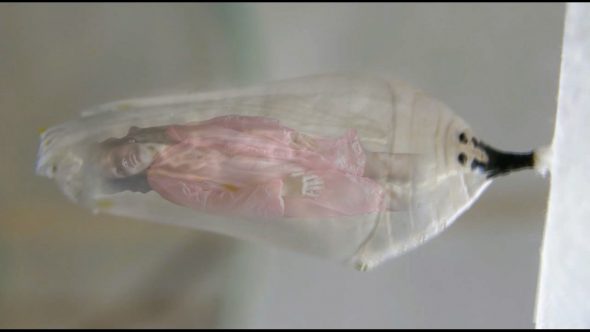A manifesto for a body “not fully morphed by outside forces.”
A Body That Is Not

A body that is not fully morphed by outside forces;
A body that is not a vessel for facile self-expression that quickly twists into fodder for public scrutiny;
A body that is not only “enculturated by habits of comportment distinctive to interactional settings,” but also by inner conviction and an innate urge to part from the accepted or allowed;1
A body that can identify lesions of social decay on its surface before they become mired in skin;
A body that explores the intricacies of categorical branding before allowing itself a premature label, if it ever does.
A body whose existence is not folded into the rhetoric of resistance and social change only to be enveloped into theory or movements;2
A body that instead uses its existence to simply express its existence as an individual, as an example of oneness, a unique being;
A body that is not positioned or defined by dichotomies that relegate it to perpetual inferiority: “labor and production, power and subordination, desire and sexuality, prestige and status.”3
A body that does not have to ‘perform’ out of duty or necessity, but articulates an ethos and spirit out of instinct;
A body that does not have to be ‘proud’ of its imperfections to combat personal insecurity and support counter-movements of those who wish to forge a path by creating another category;
A body that accepts imperfections and redirects energy, time, and space to any matter but the rationalization and discussion of why cellulite is okay, to name one.
A body that seeks to shield its core from categorical social inspection, so that something within can grow almost untarnished.
A body is something we only receive once,
It is a chrysalis we are destined to leave.
But the casing carries forward the body’s spirit and humanity,
Past the shadow of dusk and the tides of time,
So that the body becomes a vessel for its aura—untouched by the tentacles of clinical categorization and distinction—
that transcends flesh and instills itself in the fabric of lived memory.